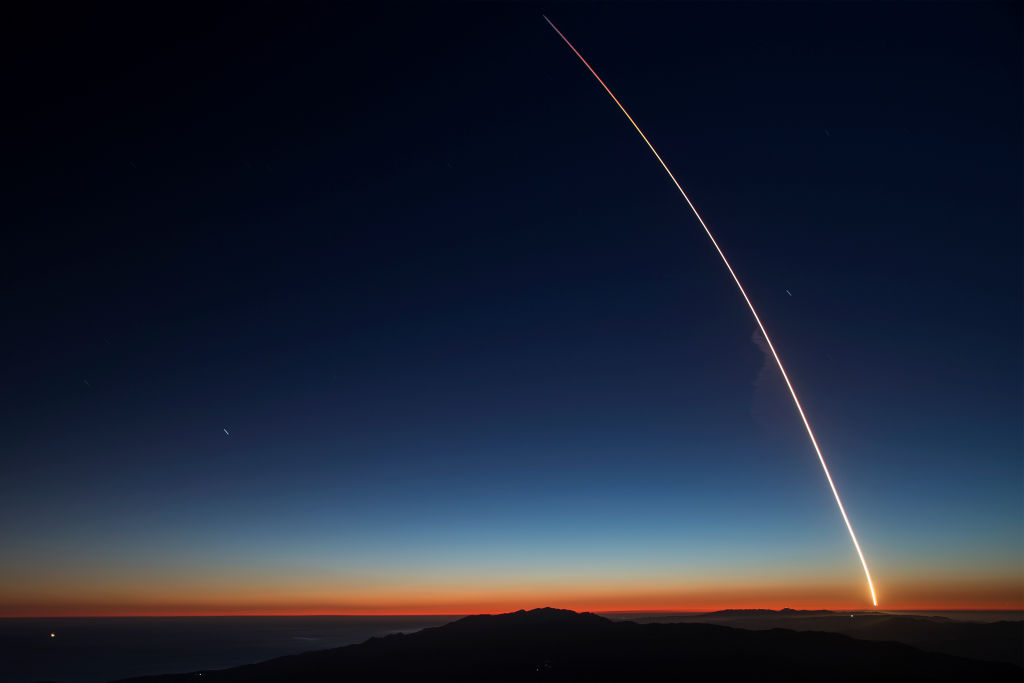
Three months after Elon Musk’s SpaceX launched the first set of what will be a broadband-providing constellation of satellites, other operators are already veering to keep their own spacecraft out of harm’s way.
The European Space Agency tweeted Monday that it fired the thrusters on its Earth observation satellite Aeolus to avoid a potential collision with one of SpaceX’s Starlink satellites. The Musk-led company launched the first 60 of its satellites in May, getting a jump on fellow billionaire Jeff Bezos’s Amazon.com Inc., which is pursuing a similar endeavor called Project Kuiper.
While the ESA said this is the first time it’s performed a collision-avoidance maneuver to protect one of its satellites from colliding with a constellation, they’re poised to become so common that using a manual process will be impossible. The agency said in a tweet that it’s preparing to automate avoidance maneuvers using artificial intelligence.
Representatives for SpaceX didn’t immediately respond to an emailed request for comment.
More Must-Reads From TIME
- The 100 Most Influential People of 2024
- Coco Gauff Is Playing for Herself Now
- Scenes From Pro-Palestinian Encampments Across U.S. Universities
- 6 Compliments That Land Every Time
- If You're Dating Right Now , You're Brave: Column
- The AI That Could Heal a Divided Internet
- Fallout Is a Brilliant Model for the Future of Video Game Adaptations
- Want Weekly Recs on What to Watch, Read, and More? Sign Up for Worth Your Time
Contact us at letters@time.com